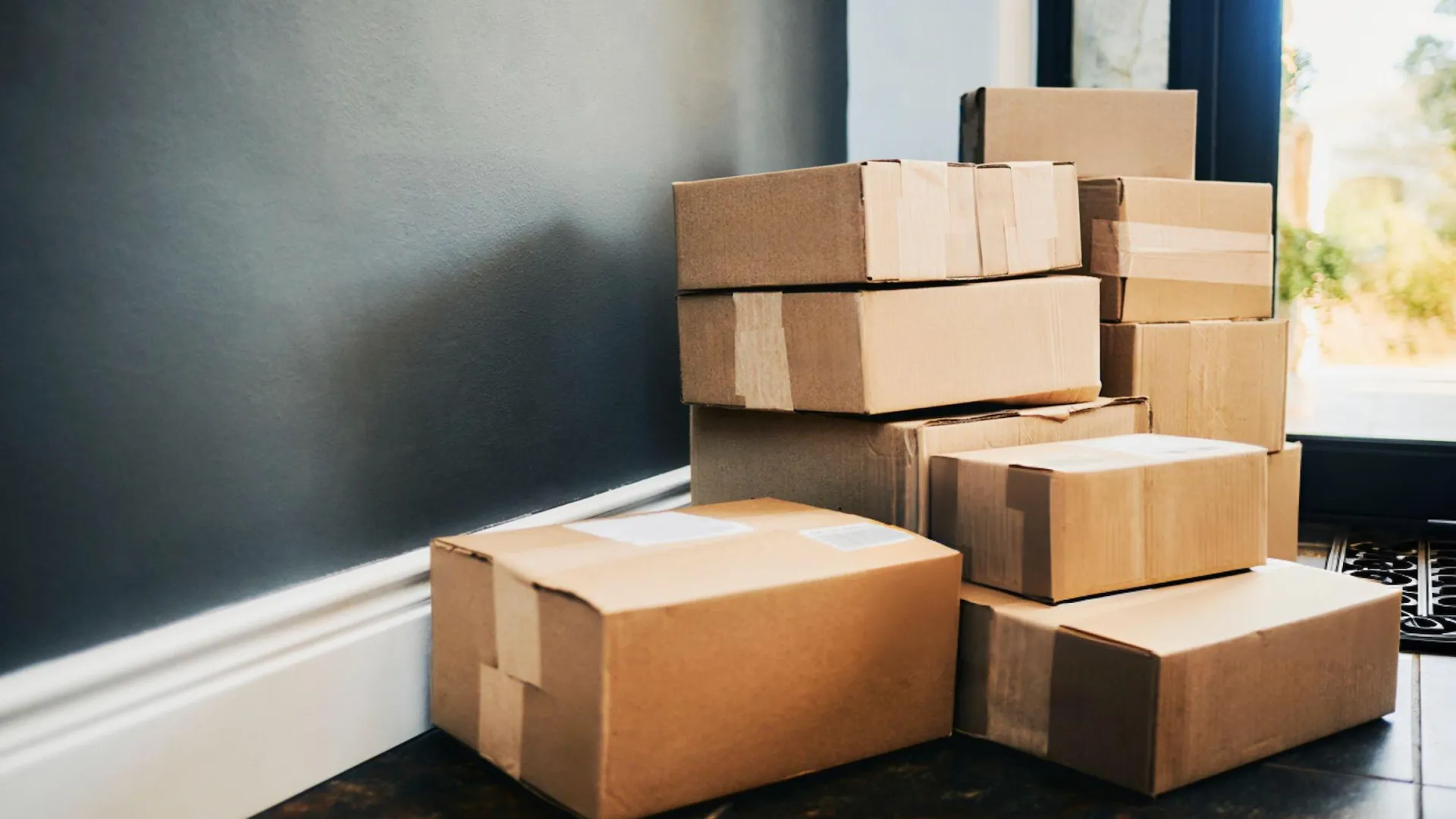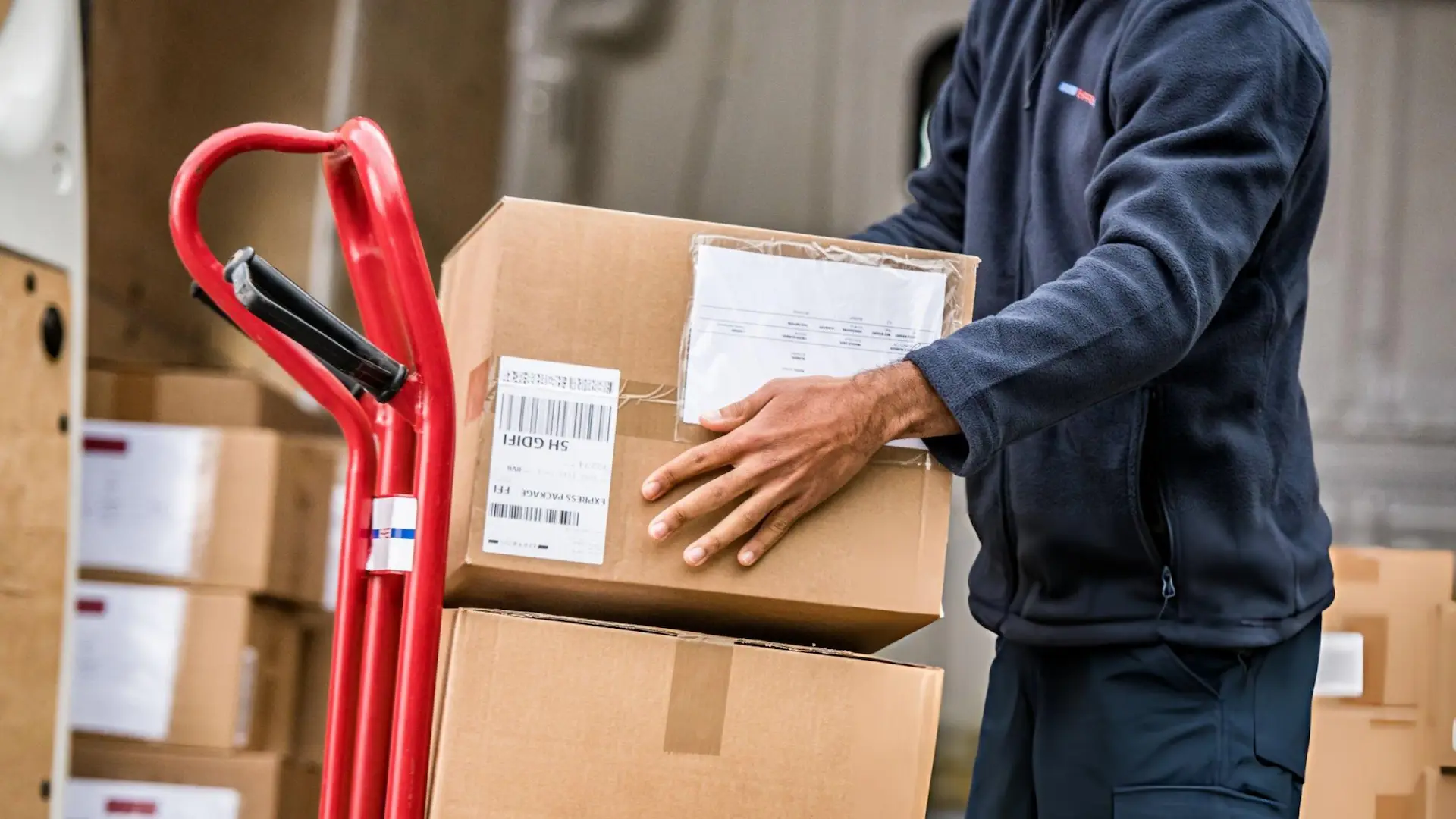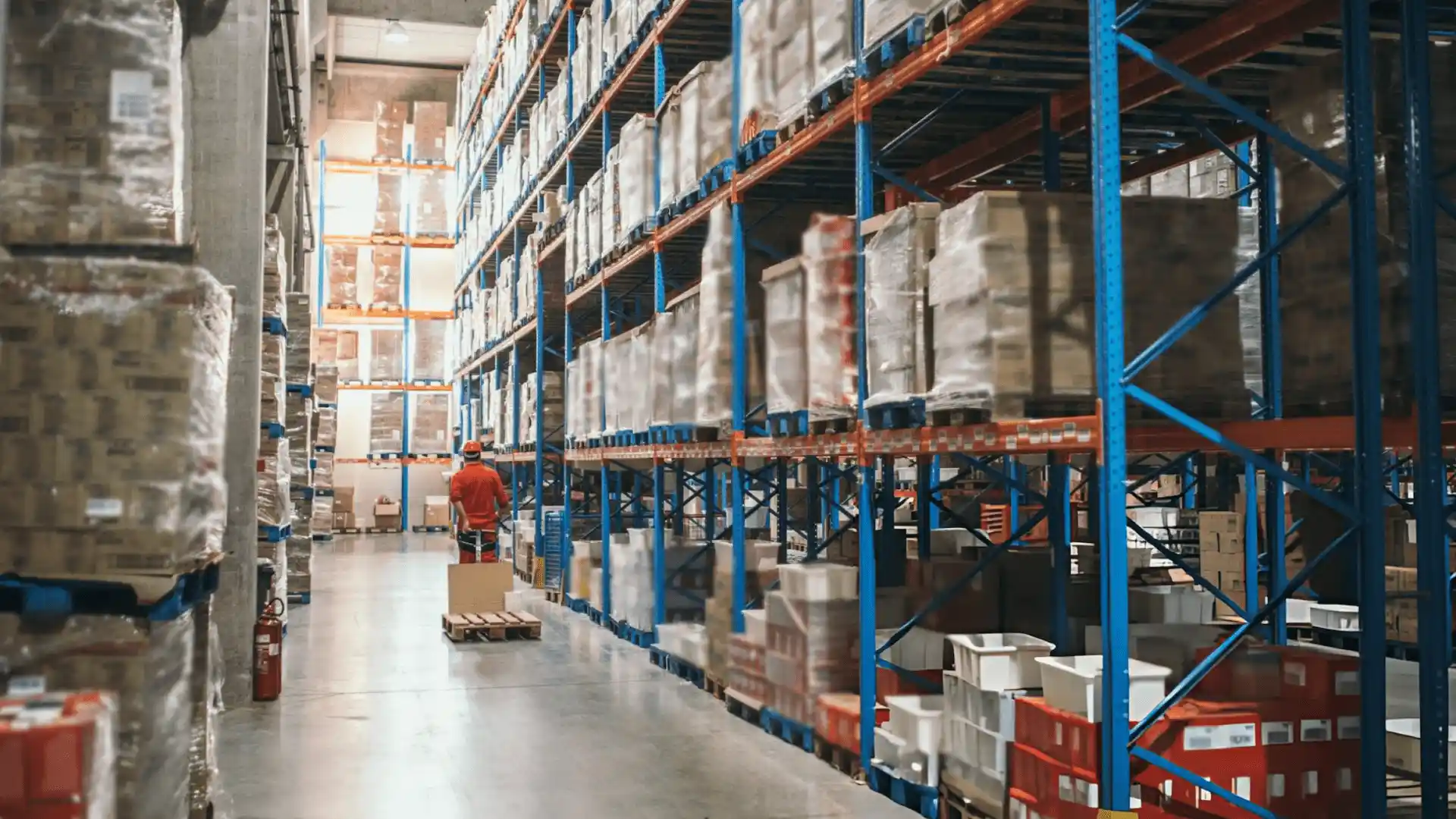Book Freight In The Atomix App
.webp)

How much do you think it costs to ship a container of inventory from China to the U.S.?
Before COVID-19, shipping a container over the ocean would cost ~$2,000.
In 2021, would you believe that the average cost increased to over $20,000? Read this article here.
Well, in 2022 International Freight Shipment Cost continues to rapidly decrease. In June, average rates were $7,500. Today, we’ve been booking freight between $3,000–5,000 for our partners.
With such swings in prices, booking the right freight forwarder at the right time is crucial to a brand’s bottom line, their unit economics, and ensuring fast freight is delivered for a quality and accurate experience.
Furthermore, working with partners that consolidate shipments amongst brands at the Origin of Destination can share in the cost benefits by “fully utilizing” a Cargo Vessel and/or Container.
Freight 101
Definition
- Freight usually refers to shipments of over 150 pounds.
- If you are a brand with a lot of products to move, you may already be familiar with freight scheduling.
Benefits
- Scheduling freight deliveries can lead to lower delivery costs, more dependable delivery service, and more improved acquisition of delivery resources.
Planning
- Shipping without a game plan can make it nearly impossible to manage the supply chain and for brands to manage a balanced inventory. Shipping scheduling lets you create an efficient shipment logistics process and increase potential revenue at several levels.
International vs Domestic
If you’re scheduling international freight, it’s important to understand the differences from domestic freight.
International freight — typically via Ocean or Air.
- Carrier picks up from the manufacturer.
- Customs, Taxes and Duties required.
- We partner with international freight forwarders to handle the complex forms and processes.
Domestic — freight in the us typically LTL or FTL
- carrier pickups freight from port or a hub in the US.
An App to Manage it All?
At Atomix, our brand-new, dashboard-driven software allows you to create freight receiving and scheduling. Reach out us on our slack communication app with any questions!
Receiving Details
Here is where you will enter the basic info on the shipment such as a description, tracking number, expected date of delivery and shipping carrier.
Receiving Products
Next, add your products for the receiving shipment. For each product you have to enter the quantity.
Confirm
Review all your information is correct and hit Submit. That’s it! You just scheduled receiving.
Shipping Guidelines
Shipping guidelines ensure your warehouse shipment is received in a quick and easy fashion.
Imagine 10 boxes of product arriving with random SKUs (or products) without barcodes that are placed differently in each box. This will lead to delays when launching because a team will be required to reorganize the products, count inventory, and barcode the items.
Here’s a checklist when sending inventory:
- Items barcodes — this isn’t a requirement but barcodes are required for accuracy. As such, the Atomix team would label all new items.
- SKUs & quantity — how many SKUs and quantity are arriving?
- Expected date — when will your shipment reach our warehouse?
- Manufacturer Ship from address — which location will your manufacturer be shipping from?
- Pallets vs Boxes (shipping units) — are you shipping pallets or boxes?
- Labels — are there labels on the exterior of the shipping units?
Note: The Atomix Team will only be able to receive inventory if a Warehouse Shipment is submitted through the Atomix platform. The Warehouse Shipment is required so that we are able to properly inbound your inventory within 5 days of receiving it.

.svg)
.svg)
.svg)




